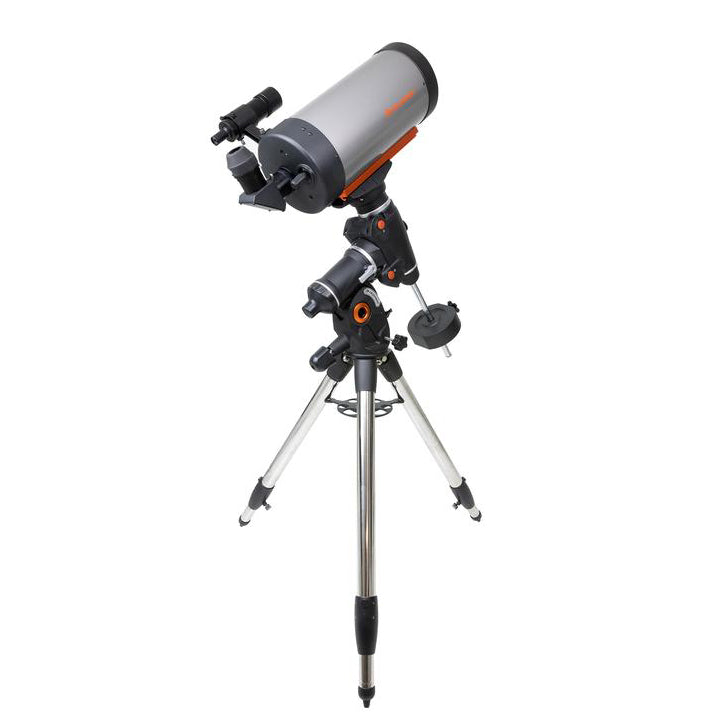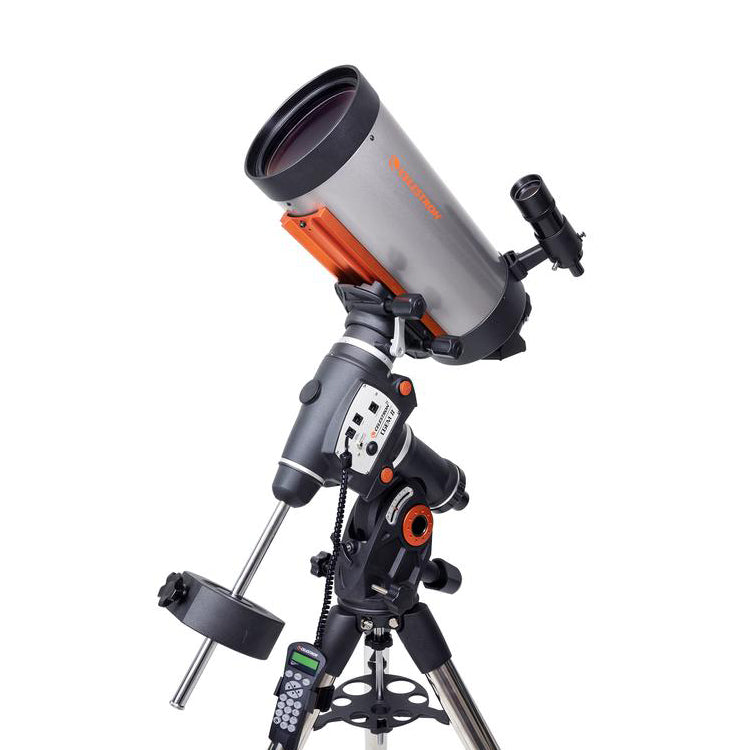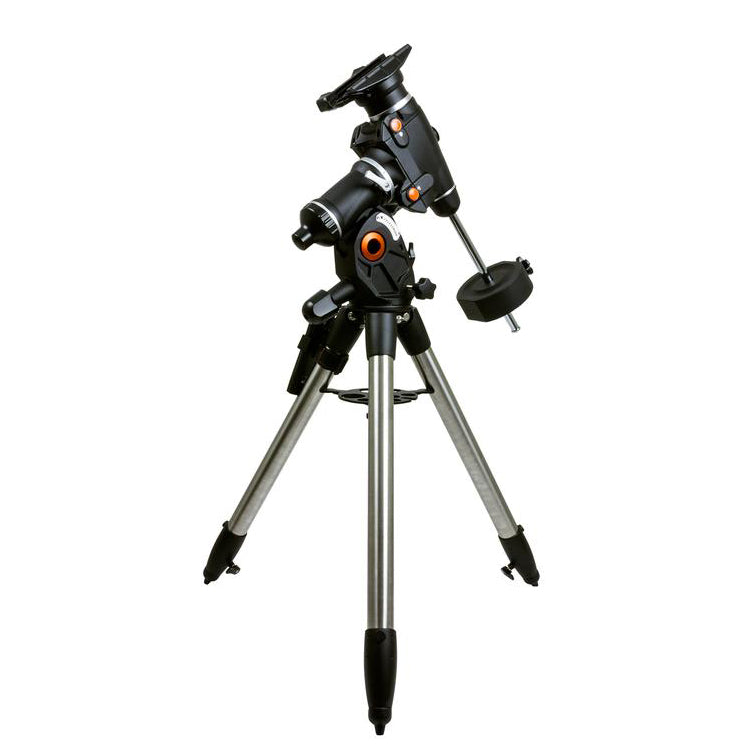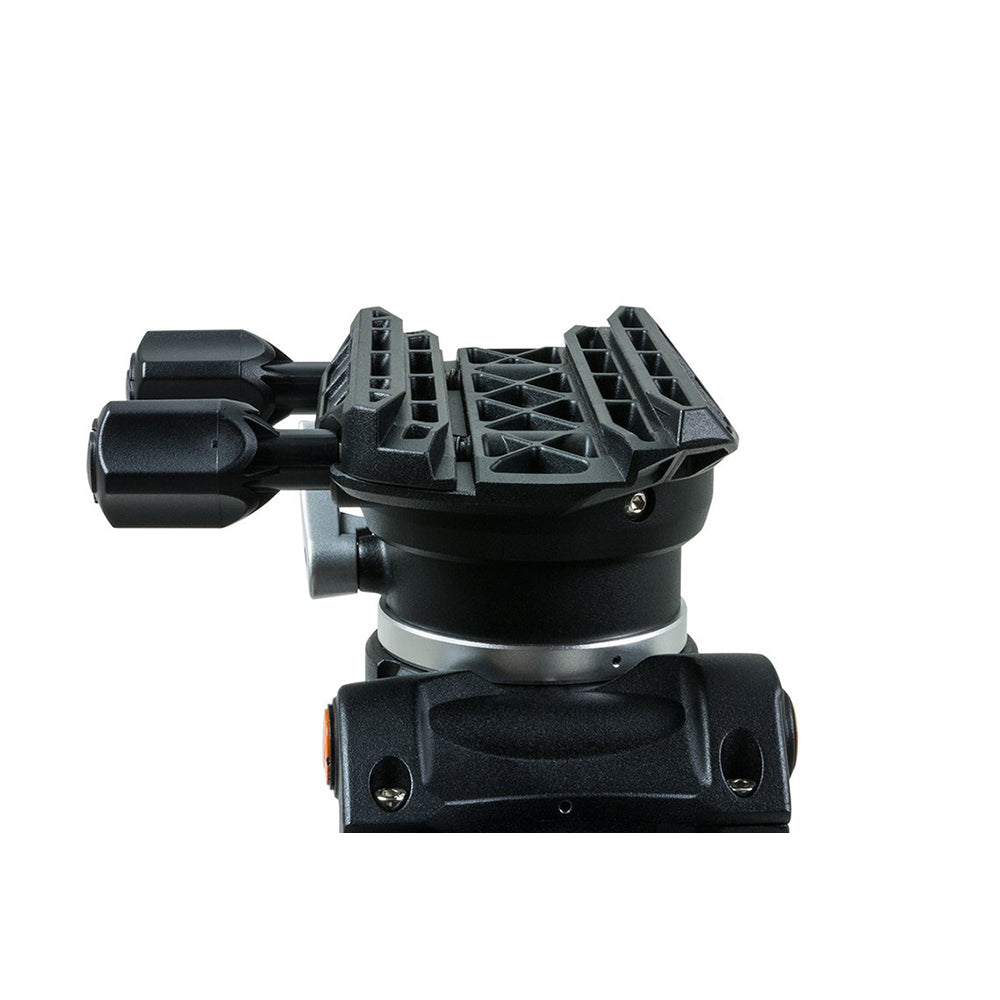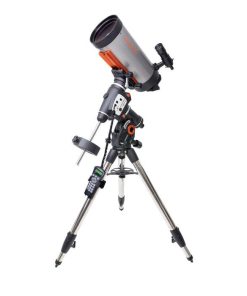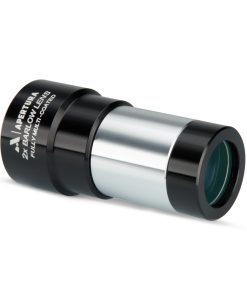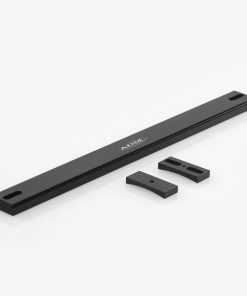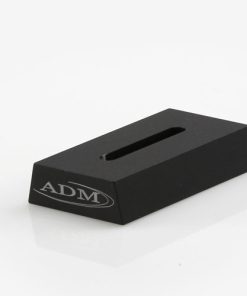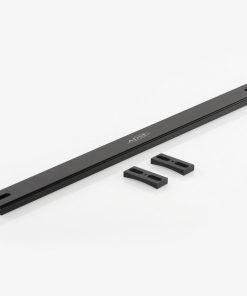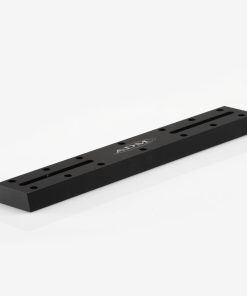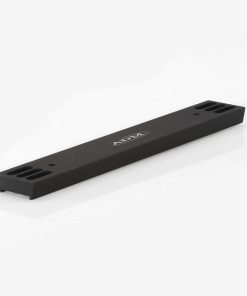Celestron CGEM II 700 Maksutov-Cassegrain Telescope – 12016 Celestron
$ 2.899,00 $ 724,75
Celestron CGEM II 700 Maksutov-Cassegrain Telescope
With the Celestron CGEM II 700 Maksutov-Cassegrain Telescope, you can enjoy high contrast views with enhanced detail of planets and other small celestial objects. This system couples a 7″ Mak-Cass optical tube with a solid equatorial mount and tripod gives this system to bring you incomparable planetary views, as well as close-up views of the Moon’s craters, maria, and other features. The Maksutov design is also poerfect for targeting smaller, fainter deep sky objects like globular clusters or planetary nebulae.
Astronomers in urban areas will rejoice! Mak’s capacity to highlight more contrast in celestial objects is excellent for anyone observing from areas that suffer from light pollution. In addition, because the entire system easily breaks down with the optical tube, mount head, tripod, counterweight, and counterweight bar separating into individual components, transporting the entire system to and from remote dark sky locations is a lot more manageable.
Maksutov-Cassegrain Optical Design
As a Maksutov-designed catadioptric telescope, the interior optics include a lens as well as a mirror. Light entering a Mak passes through to the primary mirror via the corrector lens and back to a spherical secondary mirror prior to reaching your eyepiece. This enables brilliant, razor-sharp images that are essentially free of chromatic aberration.
The Maksutov-Cassegrain’s optical design offers several unique benefits. Instead of a secondary mirror, the Mak features a “secondary spot” of reflective coating applied directly to the inside of the corrector plate. Because of this, the telescope does not require frequent collimation like a Schmidt-Cassegrain. Also, the secondary spot is significantly smaller than a traditional Schmidt-Cassegrain secondary mirror, giving the Mak its signature high-contrast views.
An important aspect to note regarding Maksutov-Cassegrain telescopes is that their larger, heavier corrector plates don’t cool down and adjust to ambient air temperature as quickly as Schmidt-Cassegrains that have the same aperture.
CGEM II Mount & Tripod
Celestron’s sturdy CGEM II equatorial mount offers rigid support for the 700 Mak. Capable of handling payloads of up to 40 lbs., the CGEM II is able to take on the 19 lb. 700 Mak optical tube without difficulty and still have plenty of leftover weight capacity for your camera and accessories. Includes a heavy-duty tripod with 2″ diameter steel legs and graduated markings for keeping the legs the same length when adjusting the height. The 7″ Mak optical tube attaches directly to the CGEM II via a CGE dovetail mounting bar.
This mount is packed with the functionality and conveniences necessary to make imaging with the 700 Mak a breeze. Fully computerized, the CGEM II will automatically “GoTo” any of the over 40,000 celestial objects in the NexStar+ hand controller’s database, tracking the object automatically as it appears to move across the night sky.
Designed with imaging in mind, the CGEM II motor drive system accurately tracks during an exposure. At the heart of the system are low cog DC servo motors with integrated optical encoders. The low cog design helps the motors run smoothly, while the integrated optical encoders provide accuracy. The motors turn steel worm gears, which are supported by precision bearings, against brass worm wheels. These components also help to make the motor drive system operate smoothly and accurately.
Before this mount can track objects across the night sky, it must first be polar-aligned. With their innovative All-Star Polar Alignment procedure, Celestron makes this process easier than ever. No polar scope or any other additional equipment is necessary, and the best part is it doesn’t take more than about 15 minutes for alignment to be completed, even when you don’t have a clear view of Polaris.
All mounts have some amount of “periodic tracking error” inherent in them caused by tiny gear imperfections. To mitigate this, the CGEM II has Permanent Periodic Error Correction (PPEC). This allows you to run a routine to record the periodic errors only once; the recording is kept in memory, and subsequently corrects for the mount’s periodic tracking error. If an even higher level of tracking accuracy is desired, the CGEM II also has a dedicated autoguider port to connect an autoguiding camera directly to the mount to correct for any residual tracking errors.
Conditions for imaging are best when celestial objects are at their highest point in the sky with the darkest background, called the meridian. But some German equatorial mounts have trouble tracking near the meridian because they need to perform a “meridian flip,” readjusting their position to avoid the tube striking the mount. CGEM II does not suffer from this problem, imaging through the meridian with ease and not requiring a meridian flip until the object is a full 20° past the meridian.
The NexStar+ also has dozens of other functions to control every aspect of the mount’s behavior. These include:
- Multiple mount to night sky alignment methods
- Adjustable slew rates up to 5° per second
- Compatible with both northern and southern hemispheres
- Adjustable autoguiding rates
- Hibernate mode allows the mount to be powered down without loss of alignment
- Continual firmware development, with new features added regularly
In addition to the autoguider port, the CGEM II also has other ports to enhance and expand the capabilities of the mount. The hand controller has a USB 2.0 port for those who wish to control the mount with an external computer and optional third-party software. There is also an AUX port on the mount that can support optional accessories such as StarSense AutoAlign.
When imaging, cable management can be a problem. The camera has a cable, the mount’s power source has a cable, and additional cables can come from a computer connection and autoguider. To minimize cable management issues and prevent unwanted snags, all cabling for the mount is housed internally. This also eliminates the need to connect or disconnect an external Dec. motor cable when the mount is set up or broken down.
StarBright XLT Technology
StarBright XLT is Celestron’s revolutionary optical coating system that outperforms any other coating in the commercial telescope market. There are three major components that make up our StarBright XLT high-transmission optical system design:
- Unique enhanced multi-layer mirror coatings made from precise layers of aluminum, SiO2 (quartz), TiO2 (titanium dioxide), and SiO2 (silicon dioxide). Reflectivity is fairly flat across the spectrum, optimizing it for both imaging and visual observing.
- Multi-layer anti-reflective coatings made from precise layers of MgF2 (magnesium fluoride) and HfO2 (hafnium dioxide). Hafnium—a rare element that costs nearly $2,000 per kilogram—gives us a wider band pass than the titanium used in competing coatings.
- High-transmission water white glass is used instead of soda lime glass for the corrector lens. Water white glass transmits about 90.5% without anti-reflective coatings; that’s 3.5% better transmission than uncoated soda lime glass. When water white glass is used in conjunction with StarBright XLT’s anti-reflective coatings, the average transmission reaches 97.4%, an 8% improvement.
Taken together, these three components make StarBright XLT one of the finest optical coatings available.
Celestron’s Starry Night Special Edition Software
Starry Night is a planetarium software package which provides easy-to-understand explanations and impressive visuals of all kinds of night sky phenomena. Use Starry Night to learn more about extra solar planets imagery, 3D Stars rendering, observation planning, telescope control, multiple-panel printing, and much more. Starry Night is available on macOS and Microsoft Windows.
Quick Shipping and Professional Packaging
Due to our longstanding partnership with UPS FedEx DHL as well as other major international carriers, we are able to provide various shipping options. Our warehouse personnel are well trained and will be able to pack your goods in accordance with the exact and precise specifications. Your goods are thoroughly checked and securely secured prior to shipment. Everyday we deliver hundreds of packages to our customers from all over the world. Our determination to be the biggest online retailer in the world is shown by this. The warehouses are located situated in Europe in the same way as they are in the USA.
Note: Orders containing multiple items will have a separate processing period for each item.
We will carefully examine all products before they are shipped. Today, the majority of orders will be delivered within 48 hours. The delivery time will be between 3-7 working days.
Returns
We don't manage the stock at our warehouse and factory. The actual inventory may fluctuate at any time. It's possible that you may not receive your order once it's been placed.
Our policy is for 30 days. We are unable to return or exchange your purchase after 30 days since the purchase.
In order for your item to be eligible for return the item must not be opened and in the condition you received it. It must also remain in the original packaging.
Related products
Telescope Accessories
ADM Accessories Rosette Tripod Knobs for Celestron Advanced VX Mount – VX-TKS ADM
Telescope Accessories
Astrozap Aluminum Dew Shield for Celestron 11″ SCT – Texture Black – AZ213-TB Astrozap
Telescope Accessories
Telescope Accessories
ADM Accessories Tripod Knob Set for Losmandy G11 & Celestron CI700 Mounts – Orange – TKS-OR ADM
Telescope Accessories
ADM V Series Universal Dovetail with 125 mm Rings – VDUPR-125 ADM
Telescope Accessories
ADM Tripod Knob Set for Celestron CGE Pro Mount – CGE-PRO-TKS ADM
Telescope Accessories
ADM Tripod Knob Set for Celestron CGEM DX Mount – CGEM-DX-TKS ADM
Telescope Accessories
ADM V Series Universal Dovetail with 100 mm Rings – VDUPR-100 ADM
Telescope Accessories
ADM Accessories Vixen Style Universal Dovetail Telescope Mounting Bar – 14″ Long – VDUP14 ADM
Telescope Accessories
ADM Accessories Tripod Knob Set for Losmandy G11 & Celestron CI700 Mounts – Black – TKS-BK ADM
Telescope Accessories
Astrozap Aluminum Dew Shield for Celestron 8″ SCT – Texture Black – AZ208-TB Astrozap
Telescope Accessories
Telescope Accessories
ADM V Series Dovetail Bar for Celestron 8″ SCT – Extra Long – VC8-XL ADM
Telescope Accessories
ADM Accessories Vixen Style Dovetail for Meade 10″ SCT – VM10 ADM
Telescope Accessories
ADM Accessories Vixen Style Dovetail for Celestron C8 – VC8 ADM
Telescope Accessories
ADM Accessories Vixen Style Dovetail for Celestron 9.25″ SCT – VC925 ADM
Telescope Accessories
ADM Replacement Spreader Bar Knobs for Celestron Advanced VX Mount – VX-SB ADM
Telescope Accessories
ADM Accessories CGEM Knob Upgrade – Two Orange Anodized Rosette Saddle Knobs – CGEM-SAD-OR ADM
Telescope Accessories
Telescope Accessories
ADM Mini Dovetail Bar for Celestron 9.25″ SCT – MDS-C925 ADM
Telescope Accessories
Astrozap Aluminum Dew Shield for Celestron 14″ EdgeHD SCT – AZ247 Astrozap
Telescope Accessories
ADM V Series Universal Dovetail with 150 mm Rings – VDUPR-150 ADM
Telescope Accessories
ADM Accessories Vixen Style Universal Dovetail Telescope Mounting Bar – 3″ Long – VDUP3 ADM
Telescope Accessories
Telescope Accessories
ADM Accessories Vixen Style Universal Dovetail Telescope Mounting Bar – 11″ Long – VDUP11 ADM
Telescope Accessories
Telescope Accessories
AstroZap 10″ Dobsonian Telescope Light Shield – AZ1202 Astrozap
Telescope Accessories
ADM V Series Dovetail Bar for Newer Celestron 6″ SCT – VC6 ADM

